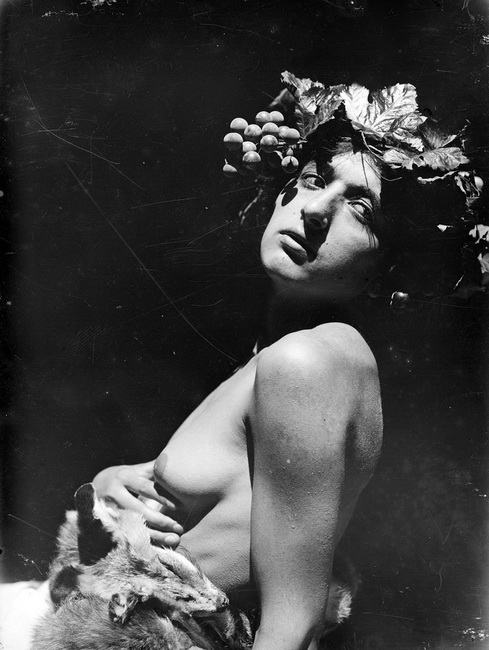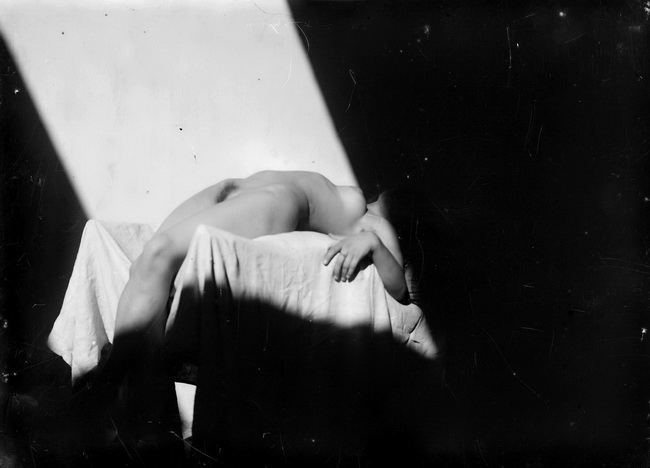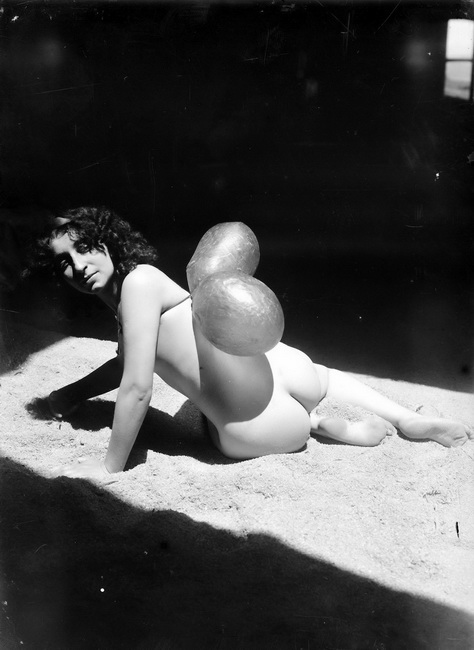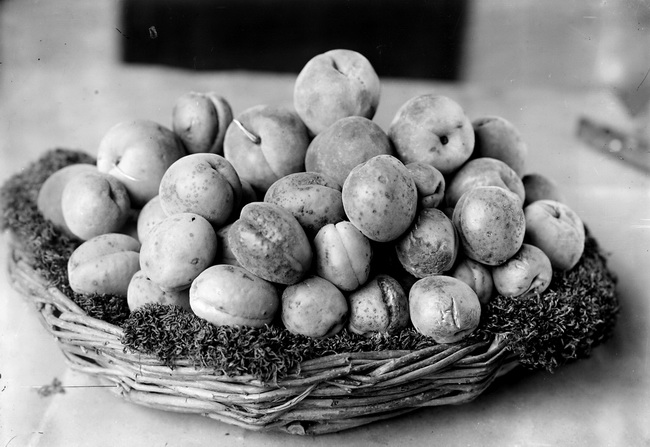
Gigo Gabashvili (1862-1936) Founder of Realism in Georgian Painting, a Bold Experimenter in Photography
© Gigo Gabashvili. Nude Study I. Courtesy Sh. Amiranashvili Museum of Fine Arts.

Gigo Gabashvili (1862-1936)
Founder of Realism in Georgian Painting, a Bold Experimenter in Photography
Within the history of Georgian visual arts, Gigo Gabashvili (1862-1936) is considered one of the founders of the Realist School of painting. However, after the discovery of his photo archive, his works have earned a special place within the history of Georgian photography as well.
The artistic environment of the 1920-1930s was dominated by Soviet ideological dogmas and strict puritanical attitudes, but Gigo Gabashvili, a proclaimed Realistic painter, created visual experiments that were impregnated with a refined and daring eroticism.
Soviet reality and the applied pressure of the Communist party’s ideological propaganda, had an “asphyxiating” effect on visual arts. In this environment, the existence of a progressive and honest creativity that was, in some way, in dialogue with the contemporary epoch, was almost unprecedented.

© Gigo Gabashvili. Nude Study II. Courtesy Sh. Amiranashvili Museum of Fine Arts.
Within the context of the most oppressive period of the Soviet regime (the first decades of real terror, a period when different points of view, ways of thinking, living, and aspiring were highly punishable), the “non-canonical” photography of Gigo Gabashvili may be seem as a rebellious act against Soviet dogmas, permitted scenarios, homogeneousness, and banality.
The most important piece of Gabashvili’s photographic legacy is the photo series made in his work studio: Etudes-experiments on a naked body.

© Gigo Gabashvili. Nude Study III. Courtesy Sh. Amiranashvili Museum of Fine Arts.
A naturalist and a true master of composition, Gigo Gabashvili initially used the wide variety of possibilities afforded by photography as a means of creating his paintings. Within the first years of the invention of photography, this proved a well-tested technique among many European painters. However, Gigo Gabashvili differs from those painters who used the work of photographers for their drawing practice in that he himself was taking the photos.


© Gigo Gabashvili. Nude Study IV and V. Courtesy Sh. Amiranashvili Museum of Fine Arts.
Gigo Gabashvili’s photography, as well as his paintings, are seasoned with religious and mythological subtext and symbols; allegories and fantasies are present as well. However, it is accurate to describe his paintings as “canonical”, whereas photography and its visual practice allowed Gabashvili to create an experimental, dogma-free platform. Here, Gabashvili releases himself from both censorship and self-censorship. His photographs are distinguished by an erotic acerbity, unparalleled in the period and under the regime that he lived through, and reveal the hidden and exceptionally beautiful aspirations of this renowned painter and founder of Realism.
Besides numerous experiments with the naked body, Gabashvili’s archive includes photographs from his journeys to Bukhara and Samarkand in Central Asia, and to Mtianeti, Tusheti, and Pshav-Khevsureti in Georgia.
The photo archive of the artist is comprised of 684 negatives and, according to his own will, were passed on to the S. Amiranashvili Fine Art Museum in 1936 and have remained there until today. For 50 years after Gabashvili’s death, his photographic legacy was hidden from the wider public. The brave and bold experiments of this founder of Realism, Gigo Gabashvili, were only acknowledged within Georgia after there was a public exhibition and book published that displayed an essential selection of his photographs in 2011.

© Gigo Gabashvili. Nature Morte. Courtesy Sh. Amiranashvili Museum of Fine Arts.